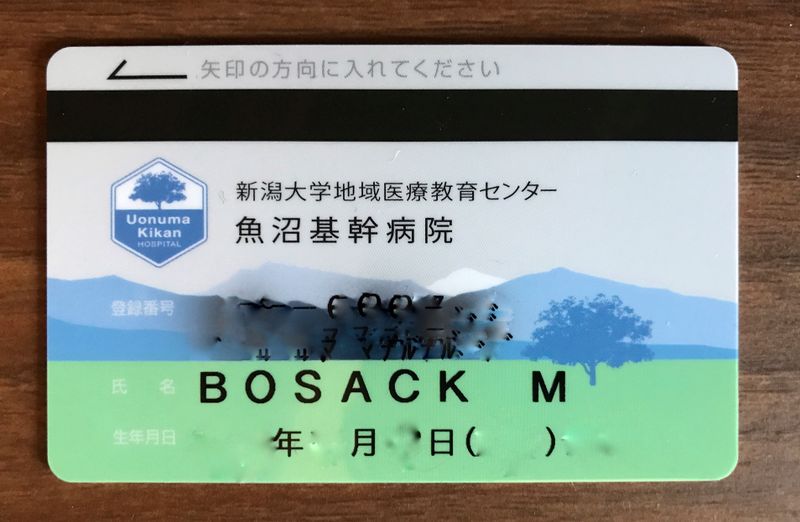Oct 13, 2017
How to use Japanese hospitals
Japan offers some of the best health care in the world. While there are of course differences in Japanese medical practices from other countries (usually longer mandated recovery times in the hospital and minimal use of narcotic-based painkillers), you can expect state-of-the-art medical technology and health care. While we all like to believe that we are supermen or women who never need health care, we'll all eventually have to visit a hospital from time to time. Since that's the case, let me offer a few notes on how to use Japanese hospitals.
Free Access vs. General Practitioner Systems
Current Japanese health care favors the "Free Access" medical system, which means that you can go to any hospital without a referral and have access to a specialist appropriate for your condition. The problem is that you fall into a queue and may have to wait a long time.
Many western health care providers favor the "General Practitioner" system which has you visit a general practice doctor who then writes a referral to a specialist, if necessary. While this means that it takes longer to see a specialist, you can get basic medical care quickly. While Japan has started to move towards this system (especially as the average age of the population continues to increase), the free access system is still commonplace throughout the country.
Registration
Of course, where and how you are seen at a hospital varies depending on your condition. If it is an emergency, go straight to the emergency room or urgent care area of the hospital. They will see you as soon as possible and worry about the paperwork later.
If you are there for less an emergent situations, you will go to the normal patient check-in area (it will usually be clearly marked, or just ask one of the staff where to go and they will direct you there). There, they will take down your name and information. This is an especially important step if this is your first time to the hospital because they will make you a fancy hospital card that looks like this:

That hospital card is used to keep track of all of your health care and medical expenses, and it will make future visits to the hospital much smoother.
Triage
After registering, the hospital will then proceed with triage practices. There will usually be a small consultation desk near the waiting area where a nurse will ask you a few questions about why you are at the hospital and the level of pain you are experiencing. That will help them determine where to rack and stack you among the other patients according to the specialist you require (remember, free access system!).
Seeing a Doctor
When you're called up, you'll be notified by name and room number. Proceed to the appropriate room, and a doctor will see you. Don't expect a long consultation--Japanese doctors see a lot of patients in a given day, so they will be very business-like in their manner towards you. They'll determine if you need further examination, a prescription, or just a pat on the back and some moral encouragement. From there, they'll direct you where you need to go in the hospital.
Payment
When you're done with your hospital visit, take your handy hospital card to one of the automated cashiers near the waiting area where you started your medical adventure. Just insert your card and the machine will tell you how much you owe. Some machines accept cash, but this is one of the few examples in Japan where I'll tell you that a credit card is the better way to go. The machine will print you a comprehensive receipt for your records, and you're done!
If you have any questions or additional tips, please feel free to leave them in the comments section below!
Hitting the books once again as a Ph.D. student in Niigata Prefecture. Although I've lived in Japan many years, life as a student in this country is a first.
Blessed Dad. Lucky Husband. Happy Gaijin (most of the time).



0 Comments